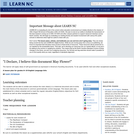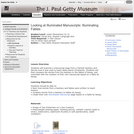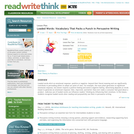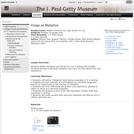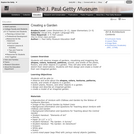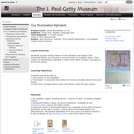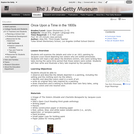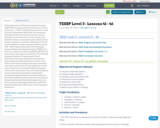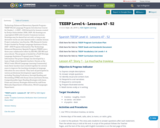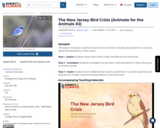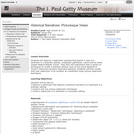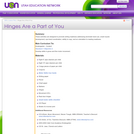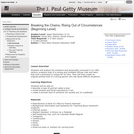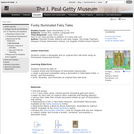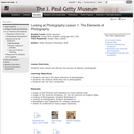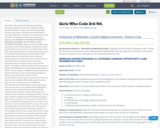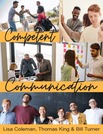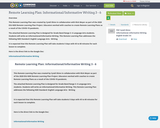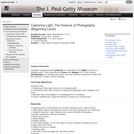Girls Who Code 3rd-5th
By: Khristina Polivanov - University of Nebraska-Lincoln, Copyright 2018 by Khristina Polivanov under Creative Commons Non-Commercial License. Individuals and organizations may copy, reproduce, distribute, and perform this work and alter or remix this work for non-commercial purposes only
NEBRASKA HONORS PROGRAM CLC EXPANDED LEARNING OPPORTUNITY CLUBS INFORMATION SHEET:
Name of Club: Girls Who Code
Age/Grade Level: 3rd-5th
Number of Attendees: (ideal number) Between 5 and 10; no more than 15
Goal of the Club: (learning objectives/outcomes) Encourage girls to be confident in themselves and their abilities while teaching them basic concepts used in computer science.
Resources: (Information for club provided by) Girls Who Code curriculum, Scratch tutorials, individual research
Content Areas: (check all that apply)
☐ Arts (Visual, Music, Theater & Performance)
☐ Literacy
☒ STEM (Science, Technology, Engineering & Math)
☐ Social Studies
☐ Wellness (Physical Education, Health, Nutrition & Character Education)
Outputs or final products: (Does the club have a final product/project to showcase to community?) There are a few Scratch and Made With Code projects that the girls can save on their account or a USB drive.
Introducing your Club/Activities: At the beginning of each club, we have a tech spotlight which highlights a woman in tech and what she’s known for (usually someone from computer science). We also have an icebreaker question about something random to get the girls’ attention and get them involved before jumping right into the activity for the day.
General Directions: If you’re unfamiliar with computer science, make sure to research or try the tutorial activities on your own so you are prepared for club. From there, each club is pretty structured in that you do the icebreaker question, a tech spotlight, and then the activity.
Tips/Tricks: If a girl doesn’t like an activity on a certain day, ask them what they’d like to see more of in the club; let the students know that you care about their opinion and that you want them to have fun. If the girls are really rowdy or get way off track, try to get them back into the activity, and if they don’t listen you can be a little more stern with them. Each group is different though, so make sure you find a balance. If you want your students to be able to save their work, make sure they can either create a Scratch account or have a folder on their computers they can save their projects to.
